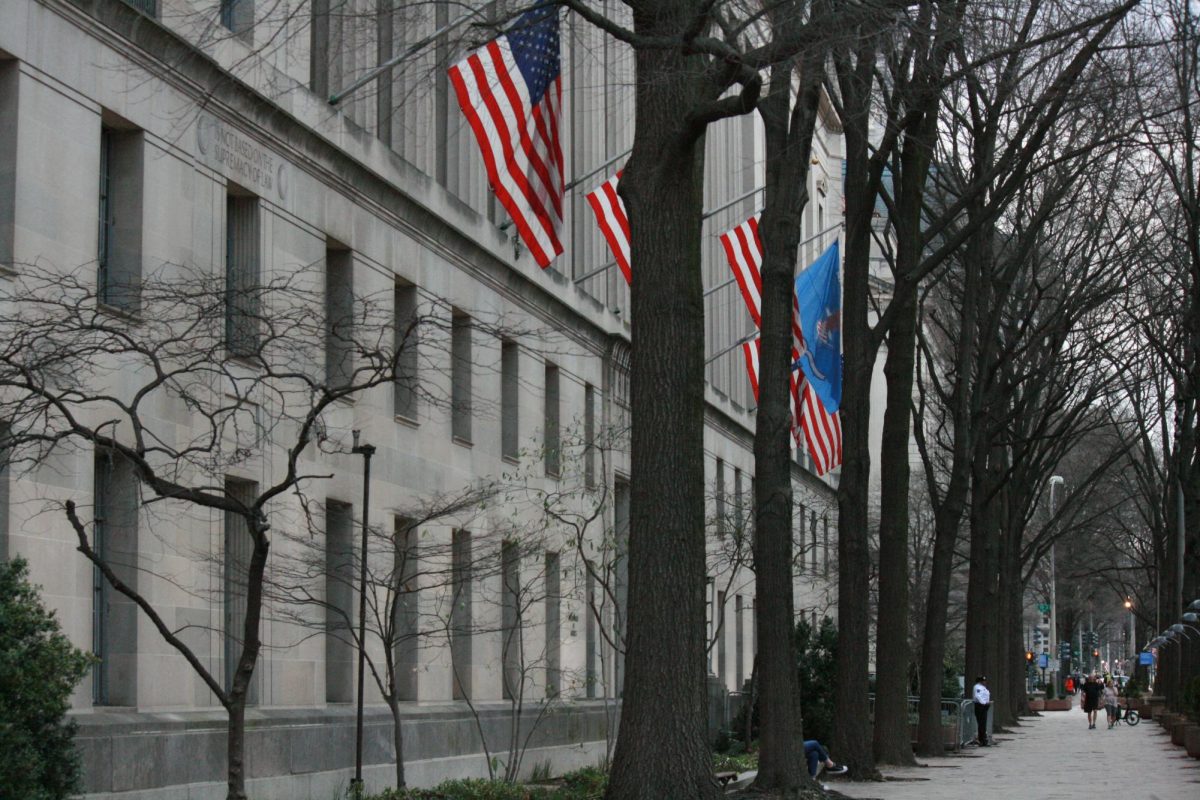[img id=”80069″ align=”alignleft”] The expensive LCD screen introduced last year to the lobby of the Reynolds Club is no longer serving its original purpose, after the transportation office changed the campus bus system.
The screen was installed last year at a cost of nearly $6,000, according to David Courchaine, Student Government’s (SG) vice president for student affairs, and was originally intended to allow students to avoid the elements by remaining inside the building and watching the screen instead of waiting for buses outdoors.
A webcam provides real-time images of South University Avenue, which enables commuters to see when buses and shuttles arrive at the stop outside the building. The screen also displays announcements made by student groups and advertisements for on-campus events.
The latest revisions to University bus routes have moved the main transit hub one block west to the entrance of the Regenstein Library, reducing the number of routes stopping in front of the Reynolds Club. This has some students questioning SG’s use of funds.
“It just seems pretty stupid and a big waste of money to have it up there for just one route,” said second-year in the College Randall Williams. “I don’t know how many people used it in the first place, but I never see anyone now.”
Last year, the camera benefited riders of the #171 CTA bus, the Shoreland/Broadview Express, and the A bus. Under the new transportation system, the Shoreland/Broadview Express has been folded into the #171, which the camera still tracks, but the A bus no longer exists.
SG officials have defended the purchase of the screen and said that they promise to work on improving the reliability of announcements and usefulness of the Reynolds Club transportation camera.
“The new bus routes do not significantly change the goals of the screen,” said Courchaine in an e-mail. “The screen is still a valuable resource for the student body.”
Courchaine said SG would work closely with the Office of Reynolds Club and Student Affairs to maximize the effectiveness of event advertising and with the SG Campus Services Committee to explore adding or altering the transportation camera to include the stop in front of the Reg.
Courchaine also defended the current placement of the camera, noting that the #171 bus serviced students, professors, and community members from the Shoreland, Broadview, and neighborhood apartments. Furthermore, he cited the purchase of the screen as part of SG’s efforts to integrate more technology into campus buildings.
“We figured that what they did in Cobb with the large screens was the beginning of a trend, and that if this project was successful, perhaps the Reynolds Club would receive more technology,” Courchaine said, referring to the big-screen televisions installed in every Cobb Hall classroom.
SG has launched a number of initiatives to improve the group’s transparency and encourage student involvement, and Courchaine urged students to submit “realistic” ideas for the use of the screen or other SG initiatives to its “Big Ideas” listhost.
“It has great potential as a useful tool for communication,” Courchaine said. “I believe SG dropped the ball in using the screen effectively last year. We will work hard to not make the same mistake this year.”







